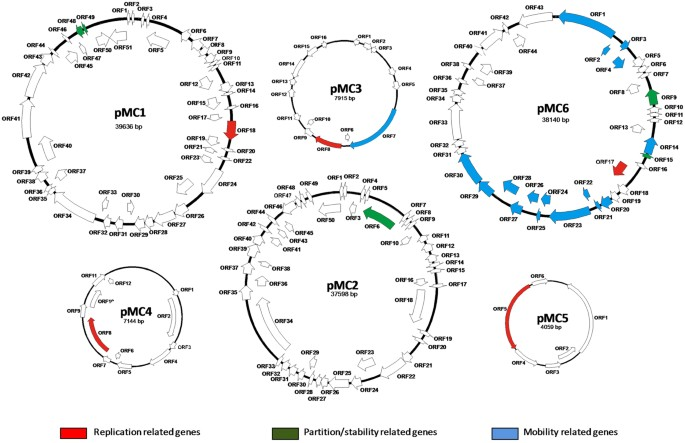Linux and Bioinformatics
- gerben voshol

- Dec 31, 2022
- 2 min read

Linux is a popular operating system in the field of bioinformatics because it is open source, meaning that the source code is freely available for anyone to use, modify, and distribute. This makes it easy for developers to create and customize tools specifically designed for bioinformatics applications, as well as for users to install and use these tools on their own systems.
One of the main reasons that Linux is important for bioinformatics is that it is highly customizable and can be easily tailored to meet the specific needs of bioinformatics professionals. For example, it is possible to install and use a wide range of specialized bioinformatics software packages on a Linux system, such as tools for sequence alignment, gene expression analysis, and molecular modeling. Additionally, Linux is widely used in high-performance computing environments, such as clusters and grid computing systems, which are often used in bioinformatics research to analyze large datasets.
To get started using Linux for bioinformatics, you will first need to choose a distribution (i.e., a version) of Linux to install. There are many different distributions available, each with its own unique features and benefits. Some popular distributions for bioinformatics include Ubuntu, CentOS, and Fedora.
Once you have chosen and installed a distribution of Linux, you will need to familiarize yourself with the command line, as many bioinformatics tools are run from the command line. There are also many graphical user interface (GUI) tools available for Linux, which can make it easier to use for those who are not familiar with the command line.
To install bioinformatics software on your Linux system, you will typically use a package manager, which is a program that automates the process of installing, updating, and uninstalling software packages. For example, on a Debian-based system (such as Ubuntu), you can use the "apt" package manager to install software packages, while on a Red Hat-based system (such as CentOS or Fedora), you can use the "yum" package manager.
Once you have installed the necessary software, you will be ready to start using Linux for bioinformatics. Some common tasks that you might perform include:
Analyzing and manipulating DNA and protein sequences
Predicting protein structures and functions
Analyzing gene expression data
Performing phylogenetic analysis to study the evolution of species
There are many resources available online (including the one linked to below) to help you get started with Linux and bioinformatics. Some good places to start include online tutorials and documentation, as well as forums and mailing lists where you can ask questions and get help from other users. Additionally, many universities and research institutions offer courses and workshops on bioinformatics and Linux.


Comments